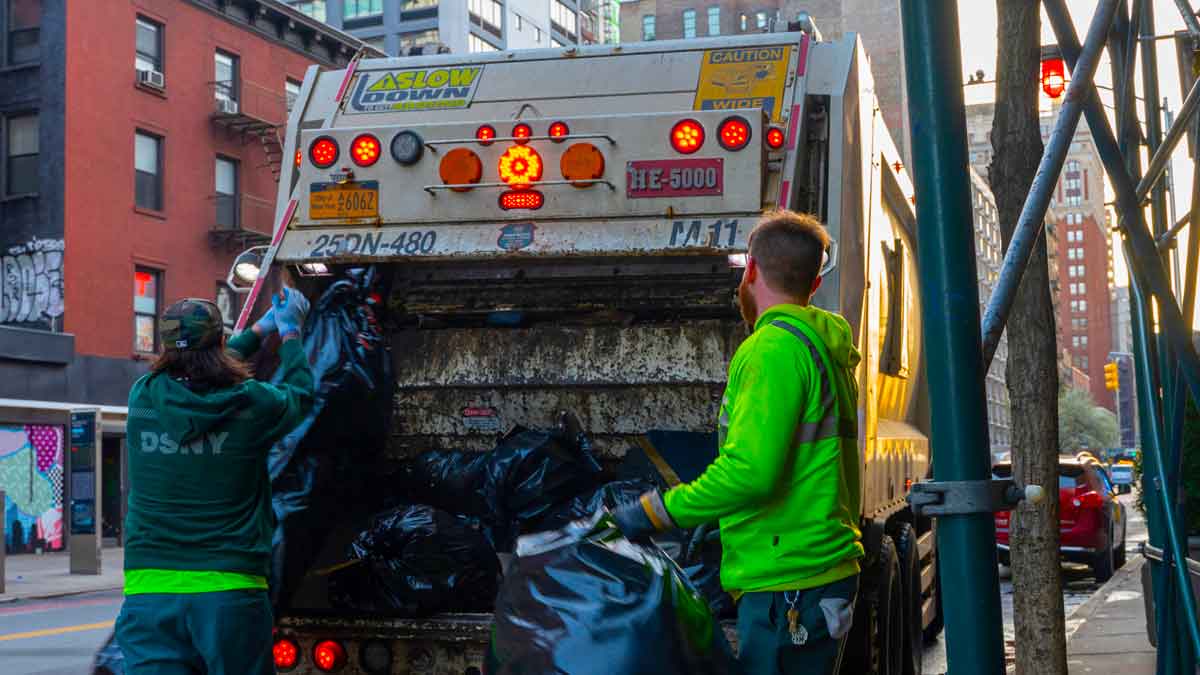Jobs
70,000 jobs are open in South Carolina, so what explains an increase in unemployment?

While the Greenville area has seen a steady rise in workers across industries in the last several decades, August data from the state’s Department of Employment and Workforce (DEW) show that the unemployment rate has risen compared to last year in the Upstate and South Carolina.
Here’s a look at some changes to South Carolina’s workforce and the industries in which they work.
What’s the job market like in South Carolina?
The Palmetto State has more than 70,000 open jobs, according to the DEW. Based on data from the United States Bureau of Labor Statistics, South Carolina experienced the largest unemployment rate increase in the nation from July to August after gaining .4 of a percentage point. That means 4.3% of South Carolinians who can work and want a job haven’t found one yet, up from 3.9% in July.
Part of that unemployment increase could be attributed to rapid population growth in South Carolina, DEW Executive Director William Floyd explained in a statement following the release of monthly numbers.
“Actual claims for unemployment benefits are comparable to or even lower so far in 2024 than levels in 2023. In addition, South Carolina had the highest population growth rate in the nation, adding more than 90,000 residents based on the most recent U.S. Census data. This has helped to boost the size of the state’s labor force,” Floyd wrote. “A growing labor force and no indication of increased layoff activity, according to our agency’s economists, indicate that the current employment situation reflects that it is taking a little more time for new jobseekers to connect with the excellent employment opportunities available throughout South Carolina.”
The same data from the BLS showed that South Carolina tied with Missouri for the highest percentage increase in employment in nonfarm jobs from August 2023, rising by 3.3%. That means 75,500 residents looking for work did find a job over the last year.
Though residents have found jobs over the last year, the unemployment rate can still increase as the labor force expands. In August 2023, South Carolina had a labor force of 2,462,494. In August 2024, the labor force was 2,538,615 — an increase of more than 76,000 people.
Floyd wrote that absorbing jobseekers into the state workforce takes time and opportunity.
In Greenville, Spartanburg, and Anderson counties, the unemployment rate has decreased yearly since 2020. This year is the exception when the unemployment rate jumped back up in all three counties.
All three counties have also seen an increase in the labor force as the population grows.
Since 2020, Anderson has gained 1,723 residents in the labor force. Greenville has gained 8,993, and Spartanburg has gained 7,440.
How many people are in South Carolina’s labor force?
In August 2020, South Carolina had 2.4 million residents in the labor force. The labor force is made up of the total number of residents that are employed, or unemployed and looking for work. By August 2024, the labor force increased to 2.5 million.
The state’s labor force participation rate, or the percentage of people over age 16 who are working, is 57.6%. Comparatively, the national labor force participation rate is 62.7%.
In his September comments, Floyd wrote that the increased unemployment rate is a unique challenge but doesn’t mean South Carolinians should panic.
“This unemployment rate is well within the range of historic norms, and there is no evidence of increased layoff activity in the state as measured by initial claims for unemployment benefits.”
Which industries have grown over time?
In the greater Greenville area, industries such as business, hospitality, health, and education have experienced a surge in workers over the past 34 years.
According to BLS data, the Greenville-Anderson-Mauldin area employs 162,500 more workers in nonfarm industries than it did in 1990. Nonfarm industries include private sector and government workers, or everyone except those who work on farms or serve in the military.
The greater Greenville area’s largest industries include transportation, business, education and health, and leisure and hospitality. The only sector that lost workers between 1990-2024 was manufacturing, though many large companies have recently moved into the Upstate and are providing more manufacturing jobs.
September is Workforce Development Month in South Carolina. In efforts to connect job seekers throughout the state with careers that fit their goals and interests, DEW is offering events throughout the state. More information is available on the DEW website.
“During September – also known as Workforce Development Month – DEW has more than doubled the number of opportunities for employers to connect with job seekers. For example, in September, our agency has hosted or participated in nearly 200 events, including workshops, job fairs, and Be Pro Be Proud mobile workshop events,” Floyd wrote.
Sarah Swetlik covers business, growth and development for The Greenville News. Previously, she covered environmental issues and climate change. You can reach her at sswetlik@gannett.com or via X at @sarahgswetlik.










